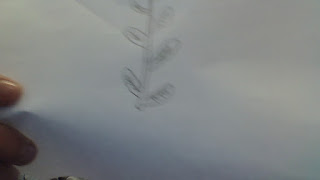Aim: To learn about Mars exploration.
1. Rover facts
2. Design, Draw and Make a Rover
3. Mars facts
1. Rover facts:
Fill in the table below.
Name:
|
Purpose:
|
Wheels
| There are six wheels in the Mars Rover and they are all powered by their own battery. This is so they move by there self the two in the front and the two in the back are used for steering and the others are so they can get over the rocks easier. |
Solar Panel
| The solar panel is used to power the main battery and to charge the battery's to make the wheels go. The solar panel comes out and unfolds before the rover moves. |
Laser
| The laser Fire the laser into the ground to see what the soil and minerals are on the ground without picking up the materials itself. This also researches the mineral before giving the information to NASA. |
Camera
| Theirs are over twenty cameras on the Mars Rover they use them for everything to see what is around them and what Mars looks like and what humans will need if they want to go to Mars themselves. |
Shovel, rock pick, drill
| These are used for collecting rock and look into what they are and seeing in earth has them or if this is something new. They use this if they need more information and to see what used to be there. |
2. In groups of 3, you will Design, Draw and Make a Mars Rover out of Lego Technics.
Materials:
Materials:
- Lego Technics
- A4 paper
- Pencil
- Ruler
- Eraser
The drawing and model must have:
- 6 wheels
- 1 camera
- 1 tool at the front that includes a shovel, pick and drill.
- 1 solar panel
- 1 laser that points at the ground
( Take a photo and upload your Mars rover onto your blog.)
Link: Facts
You will need to find out the following:
Fact
|
Earth
|
Mars
|
Picture of planet
| ||
Length of 1 year
| 365 days | |
Length of 1 day
| 24 hours | |
Distance from the sun
| ||
Distance from Earth.
| ||
Gravity:
| ||
Colour:
| ||
Temperature
| -88 to 57 C | |
| Rainfall | ||
Atmosphere
| ||
Surface
| ||
Moons and names
|
Conclusion: Write about what you have learnt.




